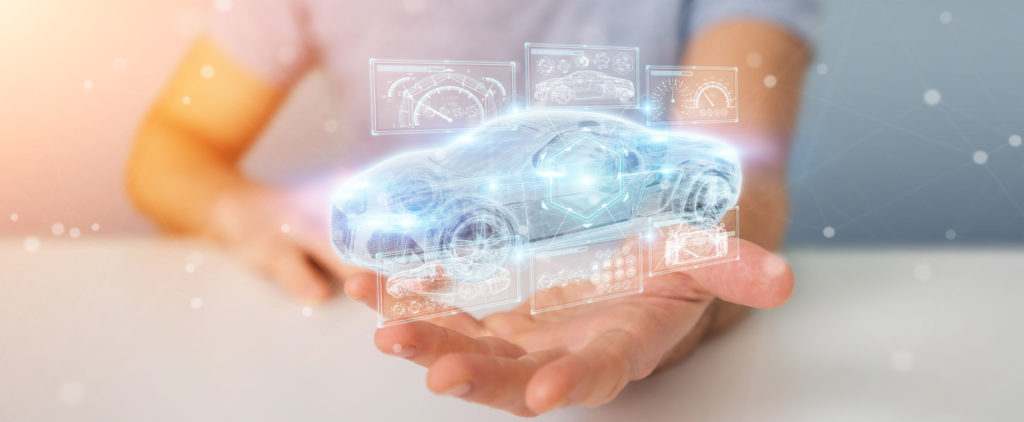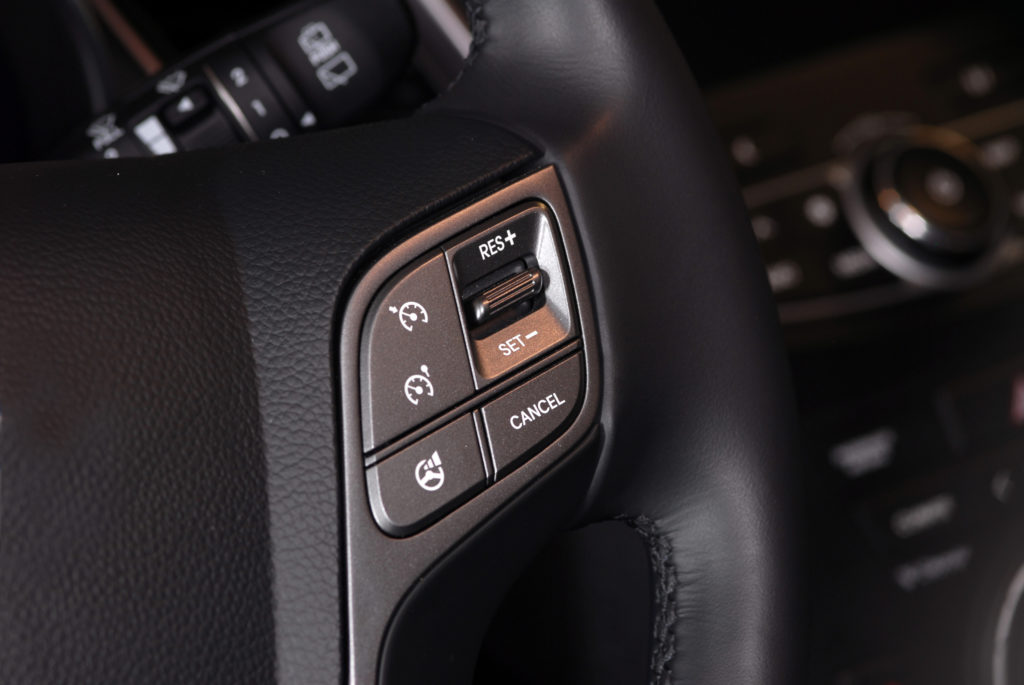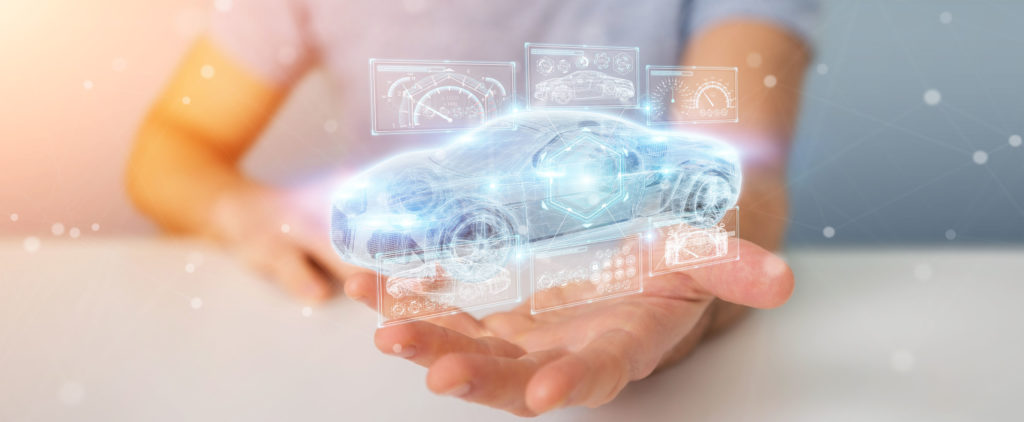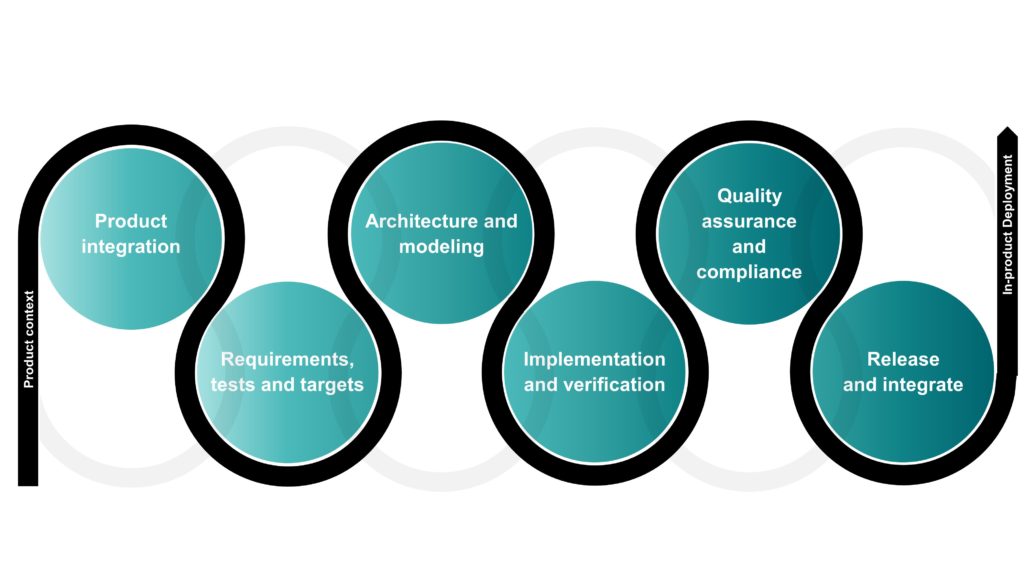From Mechanical Marvels to Software Suites: The growing role of automotive embedded software

This is part three of a seven-part series on the growing importance of automotive software. Click here to read part one, or visit siemens.com/aes to learn more.
For most of its history, the car was primarily a mechanical system. What differentiated one manufacturer’s vehicle from another was the mechanical technology in the vehicle: the engine, chassis, and so forth. Over time, carmakers started to adopt electromechanical systems that relied on a combination of mechanical and electrical systems to accomplish a function. Early cruise control systems, for example, used fluid pressure to activate the throttle when triggered by a solenoid (figure 1). The development of the integrated circuit (IC) and microprocessors in the 1970s, along with growing consumer demand drove automotive manufacturers to integrate electronic and mechatronic systems of increasing sophistication.

The increased capability of these new electronic devices opened up new applications within the vehicle. Electromechanical systems could be converted to mechatronics, incorporating an IC or microprocessor and control logic to achieve the same function, but with basic software running the show. Automakers also found that incorporating electronics into the engine, braking, and transmission systems yielded compelling benefits. Anti-lock brake systems, fuel injection, and improved automatic transmissions were all enabled by a synergy between electronic hardware, software, and mechanical systems.
The combination of electronics, software, and mechanical systems has continued, resulting in highly complex and integrated systems, overwhelmingly enabled by advanced software and powerful chips. Complete infotainment systems that integrate the sound system, driver information, climate controls, and satellite navigation have become an industry standard. More recently, connectivity, automated safety systems, such as automatic emergency braking and blind-spot monitoring, and low-level vehicle automation have revolutionized the relationship between driver and vehicle.
Automotive software has become an increasingly crucial piece of vehicle engineering, moving from basic control logic to enabling technically advanced systems. As a result, software is displacing mechanical components as the primary differentiator in the creation of brand experiences (figure 2). Software is the underpinning for the most exciting and important modern automotive features: safety, automation, entertainment, efficiency, and other features all rely on complex software applications.

Automotive manufacturers learned lessons early in the transition to software-driven vehicles. While software content was increasing rapidly, automotive OEMs were incorporating new features and functionality by simply adding new code to the vehicles ECUs. Each feature was built on an individual architecture, making the software in a vehicle a tangled mess with little to no cohesion. Software quality issues and recalls became frequent.
Then, in 2003, vehicle manufacturers, automotive suppliers, electronics manufacturers, semiconductor companies, software firms and other interested parties partnered to develop the AUTOSAR (Automotive Open System Architecture) with the goal of standardizing the automotive software architecture (AUTOSAR, 2019). AUTOSAR helped OEMs and the automotive ecosystem come together around a standard, functional vehicle architecture that could provide common requirements for suppliers so that common methodologies could be used to build, rollout, test, and certify vehicle software.
Today, new challenges are arising for automotive manufacturers. Telematics and communications are creating the next wave of complexity to hit the industry. OEMs will need to integrate these new features into already complex vehicle software stacks. Meanwhile, ECUs are evolving into powerful domain controllers that provide more performance to manage entire vehicle subsystems, instead of individual functions, enabling new approaches to vehicle and software architectures. Though V2X architectures are still in their infancy, advances in technology, the evolution of standards, and collaboration across industry and government are converging to navigate the road to autonomous driving, and software is at the heart of it all.
Software is driving the future of mobility
The average software and electronics content per vehicle is rapidly increasing. Today, software represents 10% of the overall vehicle content for a large car, approximately $1,220 (Burkacky, Deichmann, Doll, & Knochenhauer, 2018). In 2030, software is expected to account for 30% of vehicle content or about $5,200 of the vehicle cost (Burkacky et al., 2018). As Burkacky et al. (2019) note in their article, automotive differentiation will no longer be found in traditional vehicle hardware. Instead, it will be achieved through software-powered user interfaces and in-vehicle experiences.
The growing importance of automotive software is already leading to an explosion of complexity. This is demonstrated by a recent upsurge in the software lines of code (SLOC) present in vehicles. In 2010, vehicles commonly contained about 10 million SLOC; by 2016, the SLOC had grown 15 times to about 150 million (Burkacky et al., 2019). Such a rapid increase has left automotive OEMs underprepared, resulting in frequent software quality issues and vehicle recalls.
While software is enabling critical automotive innovations, it is also creating significant challenges. The quality and security of vehicle software will be key to ensuring the functionality and safety of future vehicles, both autonomous and human driven. This new level of criticality for automotive software is causing the industry to rethink current approaches to vehicle software development.
Automotive embedded software application development is rich with challenges and hurdles to overcome. Engineers must design, develop and deliver embedded software systems while simultaneously dealing with an arsenal of disjointed tools and processes that are never synchronized. This hinders the consistency and compatibility of delivered software content in the vehicles and makes managing accountability for changes development work nearly impossible. Eventually, these shortcomings lead to compromised quality and usability directly affecting the user-experience in the vehicle. To increase innovation and software quality, automotive OEM’s and suppliers will need a unified platform for embedded software application development that enables the orchestration of all tasks in the application development lifecycle (figure 3).

With such a unified platform, OEM’s can develop embedded software through an open platform approach that will foster innovation and collaboration. In turn, this will allow OEMs to lead the race to multi-modal mobility services with highly dependable and scalable vehicle architectures for electric and autonomous vehicles. This process revolution in embedded software development will provide a foundation for the technological revolutions that will occur in the push for future mobility technologies.
About the Author
Piyush Karkare is the Director of Global Automotive Industry Solutions at Siemens Digital Industries Software. Over a 25 year career, Piyush has a proven history of improving product development & engineering processes in the electrical and in-vehicle software domains. His specialties include integrating processes, methods, and tools as well as mentoring product development teams, determining product strategy, and facilitating innovation.
References
AUTOSAR (2019). The standardized software framework for intelligent mobility. Retrieved from https://www.autosar.org/
Burkacky, O., Deichmann, J., Doll, G., & Knochenhauer, C. (2018, February). Rethinking car software and electronics architecture. McKinsey & Company. Retrieved from https://www.mckinsey.com/industries/automotive-and-assembly/our-insights/rethinking-car-software-and-electronics-architecture


